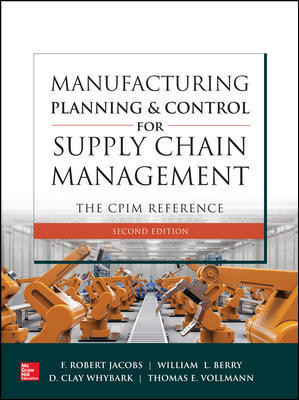MOUNTAIN VIEW, CA — The condition monitoring equipment market is undergoing a period of stabilization after nearly two years of volatility caused by the global economic situation, turbulent oil prices and geo-political factors. Pockets of opportunities across industries in traditional and emerging markets, in addition to growing user awareness on the benefits of predictive maintenance, have sustained demand.
New analysis from Frost & Sullivan, Analysis of the Global Condition Monitoring Equipment Market, finds the market earned revenues of $1.50 billion in 2014 and estimates this to reach $1.91 billion in 2019. The study covers thermography, lubricating oil analysis and vibration condition monitoring equipment for the oil and gas, power generation, aerospace and defense, manufacturing and process industries.
“Technology improvements have played an important role in boosting the usability, effectiveness and capabilities of condition monitoring equipment, while bringing down costs,” said Frost & Sullivan Measurement and Instrumentation Program Manager Vijay Mathew. “Although hardware advances have been negligible, much progress has been made in the condition monitoring software and analytics segments.”
Customers have traditionally been reluctant to adopt new or unproven condition monitoring technologies as they do not have the in-house expertise to extract the maximum benefits from these products. With the lack of qualified technicians to operate equipment, as well as analyze and understand continuous data coming from assets, the widespread adoption of these technological developments will take place gradually.
“Due to the dearth of skilled personnel and an aging workforce, customers are turning to their hardware providers for additional support,” added Mathew. “Although customers traditionally approached condition monitoring hardware companies for sensors, monitors and machine protection systems, they are now depending on them to provide design, installation, maintenance, data collection and diagnostic services too.”
The increasing number of customers demanding condition monitoring software to analyze the performance of their critical assets creates alternate revenue streams for condition monitoring companies. While only 20 to 25 percent of customers requested condition monitoring software 15 years ago, that number is currently close to 50 percent and continues to rise.
“As customers look to do more with the data collected from their assets, hardware will no longer be the most critical vendor selection criterion,” added Mathew. “The focus will instead be on vendors that adopt a holistic approach combining hardware, software and services.”
Convergence of technologies across different industry areas, including wireless communication, sensors, cloud computing, big data analytics, smart factories and smart mobility are expected to give rise to new growth opportunities in condition monitoring. Convergence between big data analytics companies and condition monitoring equipment providers, in particular, will transform the competitive landscape as end-user industries lack the necessary tools to handle large volumes of data.

